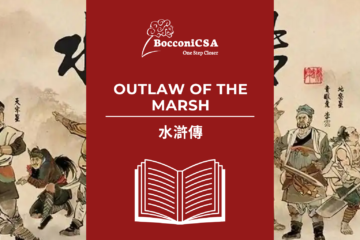Author: Alessandro Hu
The four great inventions (papermaking, printing, gunpowder, and the compass) greatly promoted the development of politics, economy, and culture in ancient China: they represent ancient China’s outstanding scientific and technological contributions to world civilization.
The compass (Warring States Period, 475 B.C. – 221 B.C.)
The Sinan (predecessor of the modern compass) was mainly composed of a piece of lodestone carved into a spoon shape and placed on a square plate with the cardinal points and constellations engraved on it. The spoon was made spin, and once stopped, the handle always pointed to the earth’s geographic north pole (i.e., earth’s magnetic south pole).
Gunpowder (Sui Dynasty, 581 – 618)
Emperors and nobles indulged in the fantasy of being immortals, driving alchemists to seek the “elixir of immortality“. During the refining process, the formula of gunpowder was accidentally discovered: a mixture of potassium, nitrate, charcoal, and sulfur. The initial use of gunpowder was limited to acrobatic performances in military circus and the fireworks acrobatics in the puppet show.
Printing
The invention of China’s printing technique went through two stages: the block printing in the Tang Dynasty (618-907), which was improved by Bi Sheng during the Northern Song Dynasty (960-1127) by introducing the earliest movable type printing technology in the world (about 400 years earlier than the German Johannes Gutenberg)
Papermaking technology
During the Western Han Dynasty (206 B.C. – 24 A.D.), the paper was produced by collecting the residual flocs deriving from the bleaching process of bad cocoons. However, the paper’s quality was low.
During Eastern Han Dynasty (25-220), a court official named Cai Lun summed up ancestors’ experiences and produced a new kind of paper using tree bark, hemp waste, rags, fishing net, and other common raw materials. The resulting paper was cheaper and more suitable for writing.


